Why Does My SPF 50 Get Runny?
| Estimated Reading Time: 6 minutes |
You’re pumped for a day in the sun, popping open your SPF 50, ready to slap on some UV protection—then, *whoosh*! It pours out like a soggy sponge, leaving you with a drippy mess and a head full of questions. Is this stuff even working? Did I buy a dud? A runny sunscreen can turn your sun-care routine into a slippery wrestling match, but don’t toss it just yet. In this detailed tale, we’ll sniff out why your SPF’s acting like a leaky faucet, share hacks to keep it in line, and make sure you’re shielded without the slosh. Let’s wade into this sunscreen swamp and come out shining!
Table of Content: |
What’s Runny Sunscreen ?
Runny sunscreen is when your SPF decides it’s more of a liquid prank than a protective pal. Instead of spreading smoothly like a cozy blanket, it dribbles off your fingers, pools in odd spots, or vanishes before you can even it out. It’s like trying to smear a splash of juice across your face, and it’s no wonder you’re wondering if it’s still got your back against the sun. Whether you’re using a chemical SPF, a mineral one, or a hybrid, that watery chaos usually ties back to how the stuff’s made, how you store it, or what’s going on when you slather it on.

Why’s My SPF 50 Acting Like a Waterfall?
So, what’s got your SPF 50 running wild like a kid with a garden hose? Here’s the scoop on the culprits:
1. Made to Be Floaty: Some sunscreens are crafted to feel like a feather tickling your skin, especially those labeled “fluid” or “essence.” They’re packed with water or alcohol to soak in quick, which can feel super watery but is totally intentional—perfect for oily skin but a curveball if you wanted a thicker goop.
2. Emulsion Tantrum: Sunscreen could be like a fresh batch of cookie dough—water and oil mixed with emulsifiers to keep it creamy. But leave it in a hot car or let it sit past its prime, and that mix can throw a fit, splitting into a watery layer that gushes out like a broken sprinkler.
3. Heat’s a Bully: Ingredients like avobenzone or zinc oxide don’t play nice with high temps. Stash your SPF in a steamy bathroom or a sun-cooked beach bag, and the formula might melt down, turning runny or even a bit lumpy.
4. Past Its Glory Days: Sunscreens usually stay spry for 2-3 years from their make date. Once they’re over the hill, the ingredients can start to grumble, leaving you with a watery mess that might not fend off UV rays as well.

5. Bottle Blunders: Spray or pump bottles can squirt out a watery layer if the formula’s gone separate-ways inside. A good shake can remix it, but if the bottle’s a cheapskate, it might make the mess worse.
6. Sweat and Muggy Air: Slapping sunscreen on sweaty skin or in humid weather can water it down, making it feel like it’s bolting before it settles. Your surroundings can be sneaky little troublemakers.
Fun Fact Detour!
Here’s a sunny nugget to make you smile: Way back in the 1930s, Eugene Schueller—the guy who kicked off L’Oréal—cooked up the first store-bought sunscreen, Ambre Solaire, for folks chasing that golden tan. Those early SPFs were thick, greasy globs, nothing like today’s sleek formulas. But that push for lighter textures can sometimes lead to the drippy drama we’re sorting out now.
How Do I Stop My Sunscreen From Running Amok?
Nobody wants to arm-wrestle a runny SPF 50. Here’s how to keep your sunscreen from pulling a disappearing act:
1. Stash It Smart: Tuck your SPF somewhere cool and out of the sun—like a bedside drawer or a shaded backpack nook. Heat’s a formula’s worst enemy, so don’t leave it in a roasting car or on a sunny picnic blanket. A mini cooler’s your best bud for beach days.
2. Check Its Age: Sneak a peek at the expiration date or the “period after opening” symbol (a little jar with “12M” for 12 months). Fresh SPF’s less likely to go rogue and more likely to keep those rays at bay.
3. Shake It Up: If you’re using a spray or pump, give it a good rattle before you apply—think of it like shaking a snow globe. This mixes up any separated bits, especially in mineral SPFs with hefty ingredients like zinc oxide.

4. Pick Your Jam: If watery SPFs make you roll your eyes, grab a creamy, lotion-style sunscreen instead of a gel or fluid. Look for labels bragging about “cream” or “moisturizing” for a sturdier vibe.
5. Start Dry: Slather sunscreen on clean, dry skin. If you’re sweaty or just hopped out of the pool, that extra moisture can make your SPF feel like it’s sprinting away.
6. Test the Waters: Try a tiny smear of a new sunscreen on your arm to see how it feels before going full-body. This saves you from committing to a formula that’s too sloshy for your taste.
Busting Myths About Runny Sunscreen
Let’s squash some tall tales about watery SPF that might be messing with your head:
1. Myth: Runny sunscreen’s a total bust.
Truth: A thin texture doesn’t mean it’s slacking, as long as it’s fresh and stored right. The trick is using enough (about a teaspoon for your face) and spreading it evenly to block those pesky rays.
2. Myth: Only cheap SPFs turn runny.
Truth: Even high-end sunscreens can go watery if the formula, storage, or weather’s off. A fat price tag doesn’t mean a foolproof texture.

3. Myth: Runny sunscreen’s just water.
Truth: Some formulas lean on water for a light touch, but they still pack UV blockers like octinoxate or titanium dioxide. That watery feel might be by design, but it can get messier if the product splits.
4. Myth: Shaking fixes everything.
Truth: A shake can remix a separated formula, but if your SPF’s expired or the emulsion’s totally kaput, it’s not coming back to life.
How to Pick a Sunscreen That Holds Its Ground
Want an SPF that won’t pull a vanishing act? Here’s how to snag a formula that stays steady:
1. Peek at the Ingredients: Look for emulsifiers like lecithin or polysorbate, which keep water and oil in sync. If you want a thicker feel, dodge alcohol-heavy formulas—they can feel like a splash of water on a hot day.
2. Cream’s Your Friend: Lotion or cream sunscreens are less likely to split than sprays or serums. Mineral formulas, with chunky stuff like zinc oxide, often feel more solid by nature.
3. Go with Trusted Brands: Big-name companies usually test their SPFs for staying power. Check online reviews to hear how the texture holds up for others over time.
4. Pick a Solid Bottle: Tubes or airless pumps keep air out, which helps the formula stay fresh. Jars, where you scoop with your fingers, can let in gunk that throws things off.
5. Follow Storage Tips: Some sunscreens come with care instructions on the label. Stick to those to keep the formula happy and steady.
6. Demand Broad-Spectrum: Make sure it’s labeled “broad-spectrum” for UVA and UVB protection, and go for SPF 50 for solid coverage, runny or not.
The Last Word
A runny SPF 50 can feel like a kick in the shins when you’re banking on it to keep your skin safe. But once you know the why—whether it’s a featherlight formula, a storage goof, or a humid day—you’re calling the shots. Pick sturdy sunscreens, store them like they’re your favorite treat, and apply them right to dodge the drip. With these hacks, you’ll be ready to soak up the sun without your SPF pulling a runner.
Related Products by Blue Nectar:
Women's Eladi Face Day Cream with SPF 30 for Sun Protection (19 herbs, 50g)
Shubhr Coconut Sunscreen SPF 50 Face Lotion for Sun Protection (18 herbs, 50ml)
Shubhr Jasmine & Coconut SPF 30 Sunscreen for Men for Sun Protection (16 Herbs, 50g)
Related Articles:
Physical vs Chemical Sunscreen - Which one is right for you?
References:
https://www.healthline.com/health/does-sunscreen-expire
https://en.wikipedia.org/wiki/Eug%C3%A8ne_Schueller
https://www.healthline.com/health/beauty-skin-care/best-sunscreen-ingredients
https://www.skincancer.org/skin-cancer-prevention/sun-protection/sunscreen/


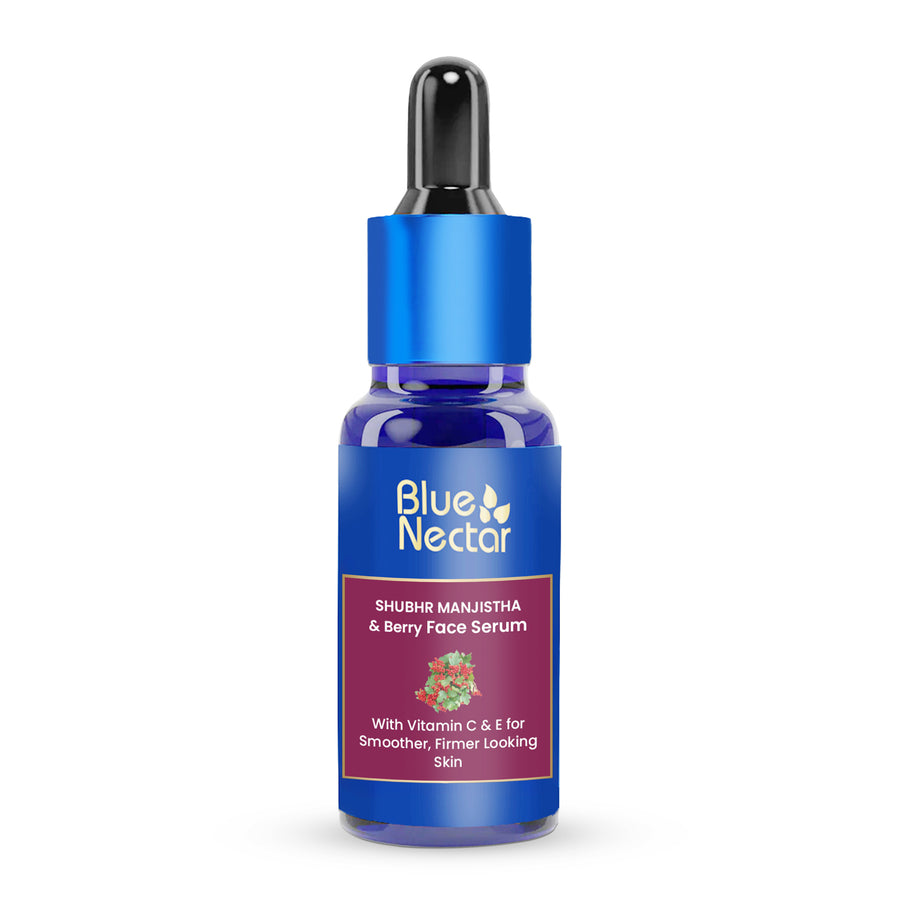
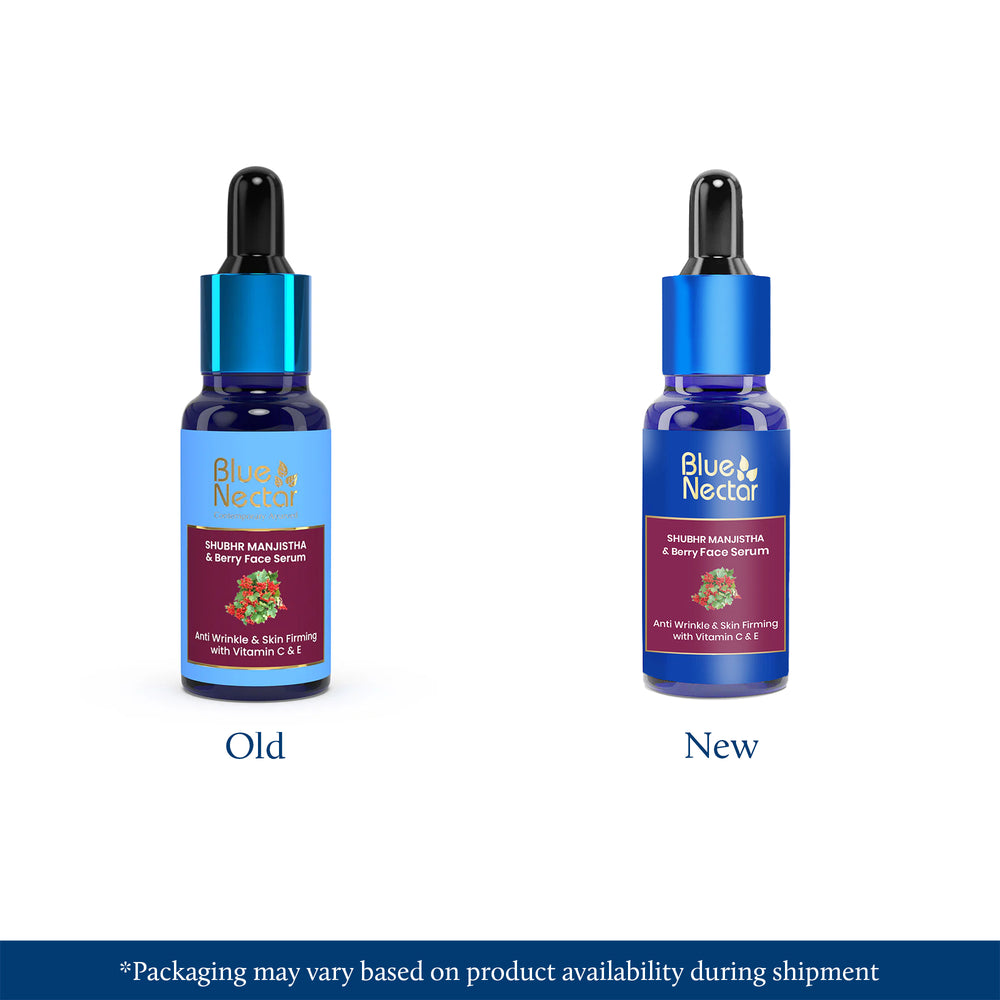
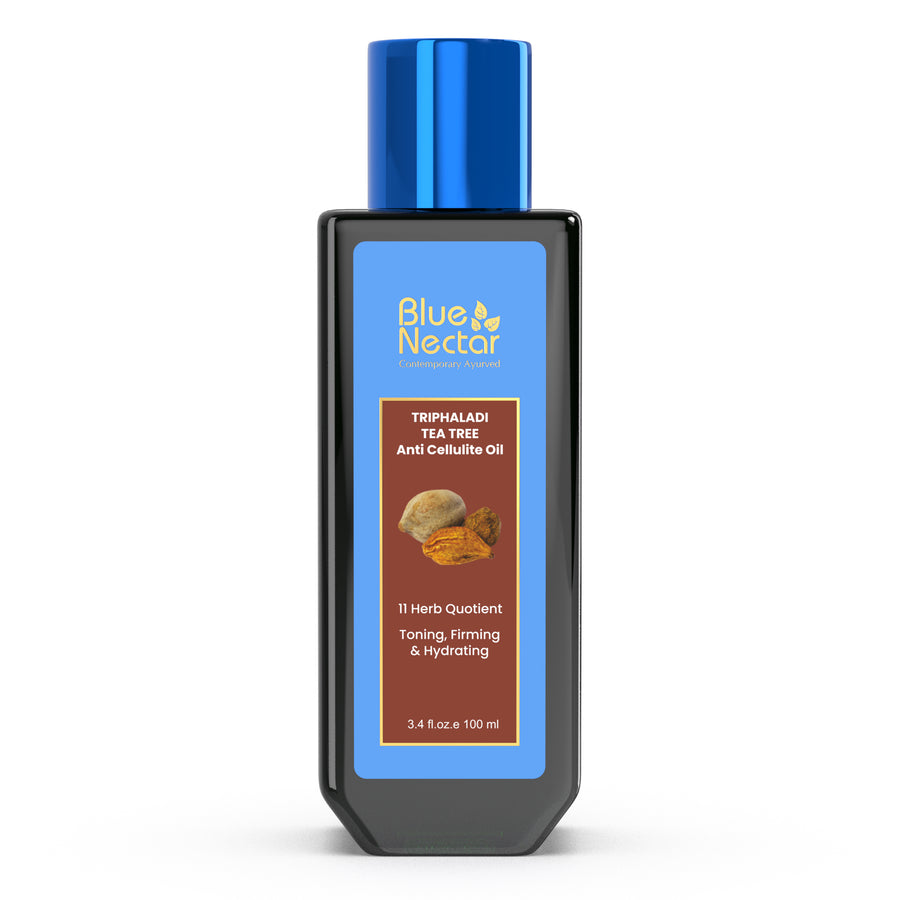
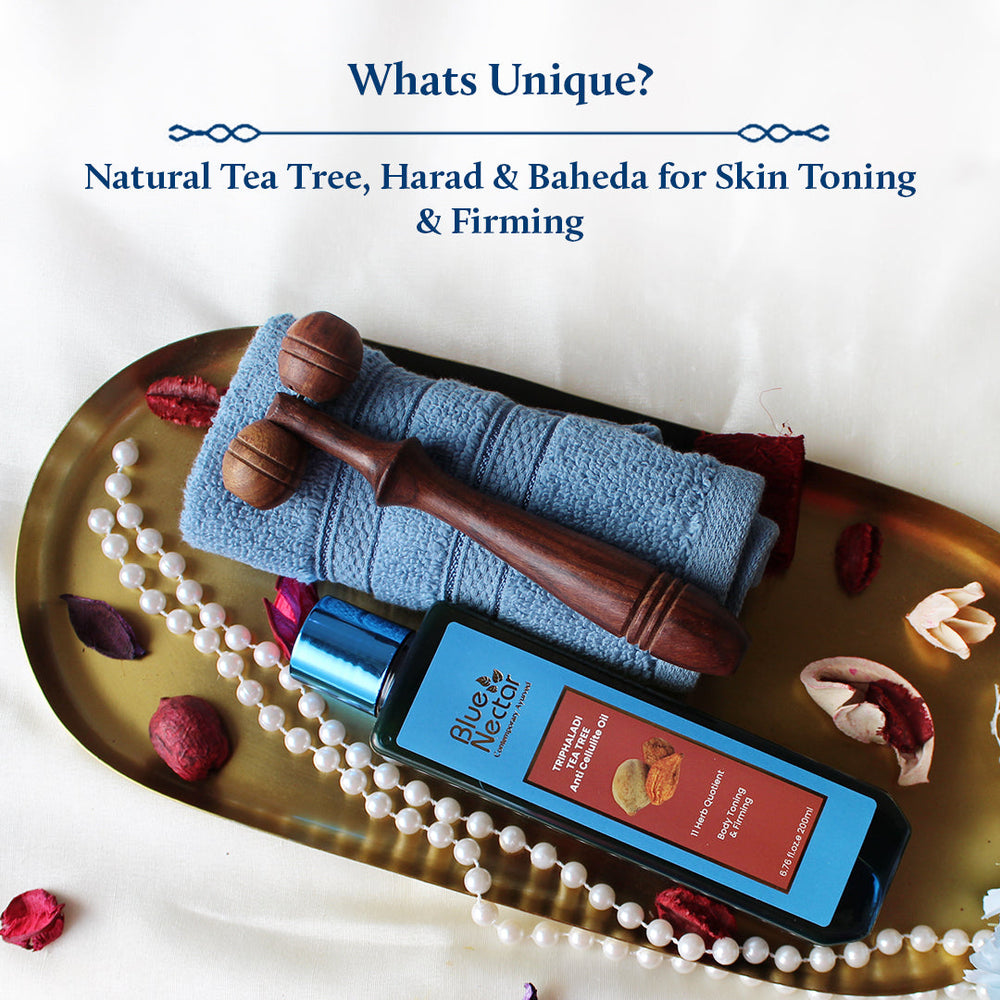




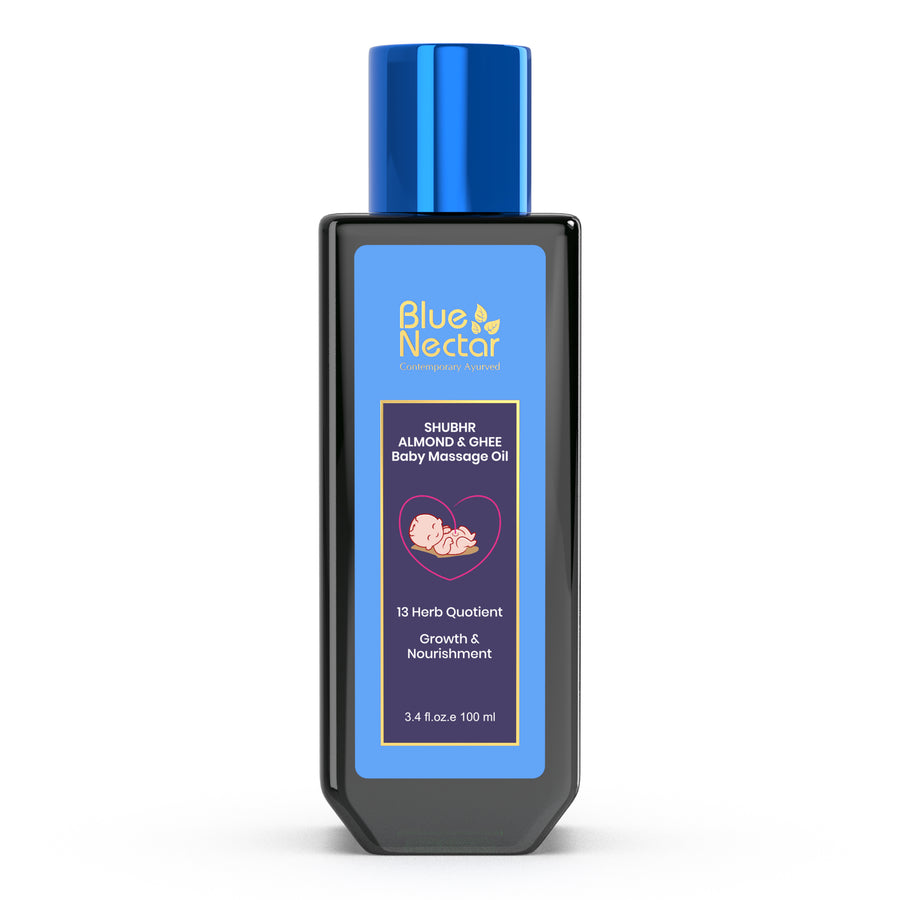
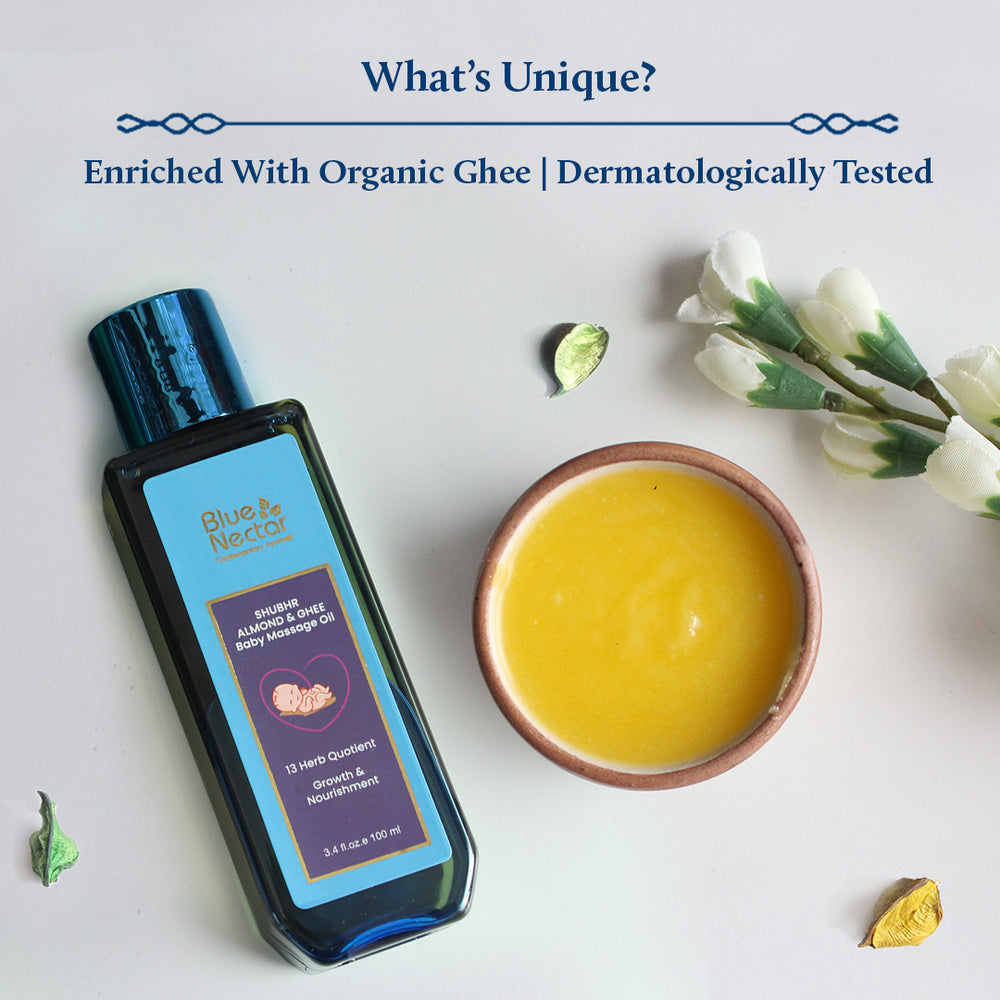
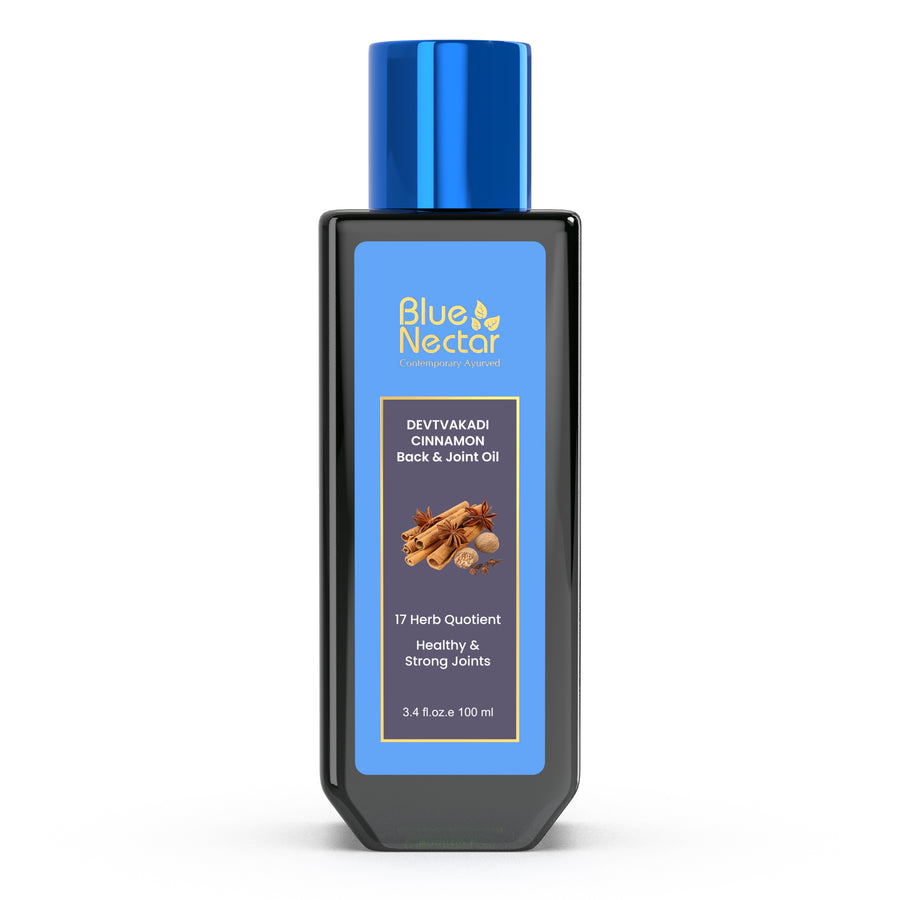
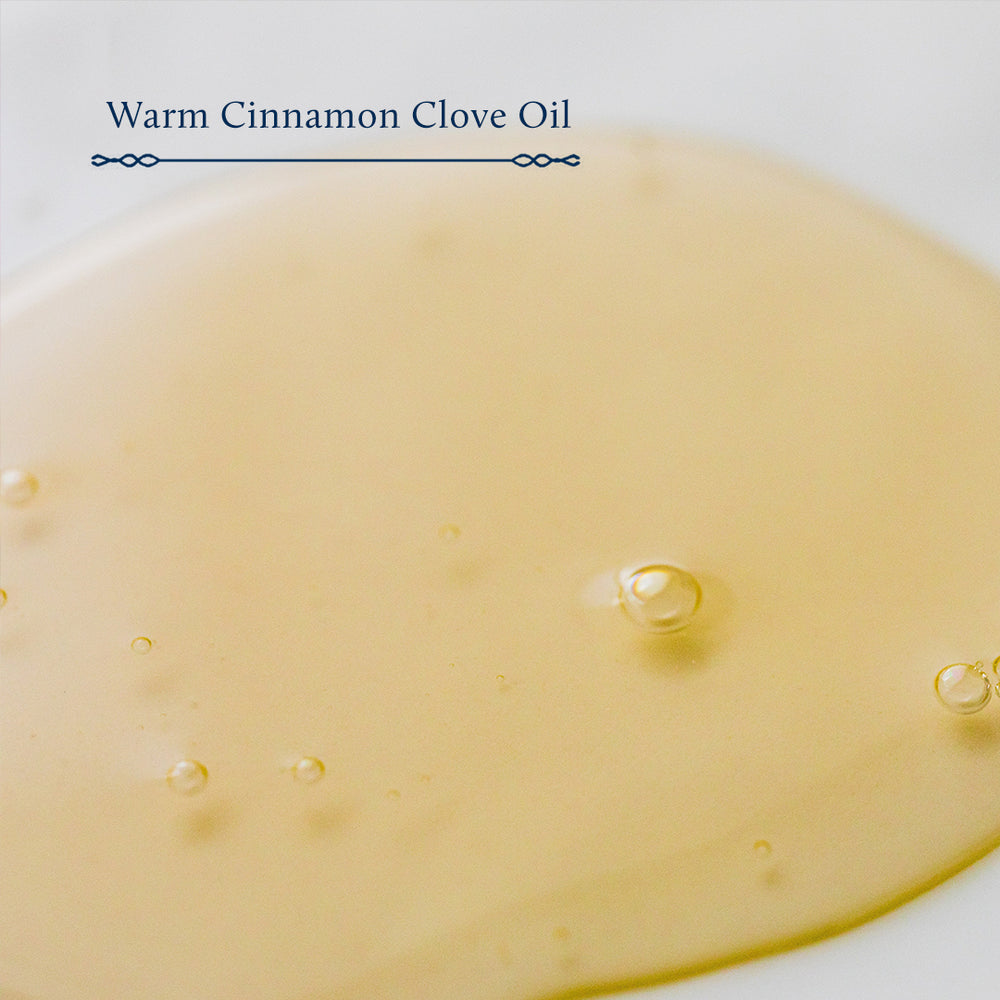



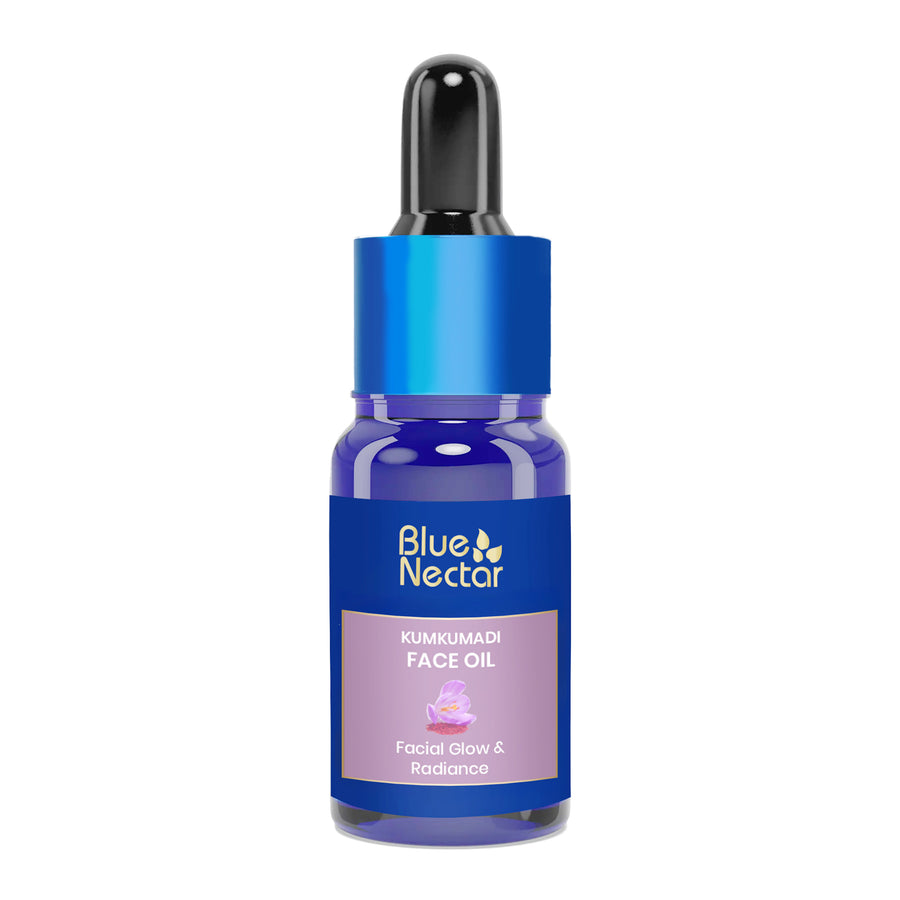
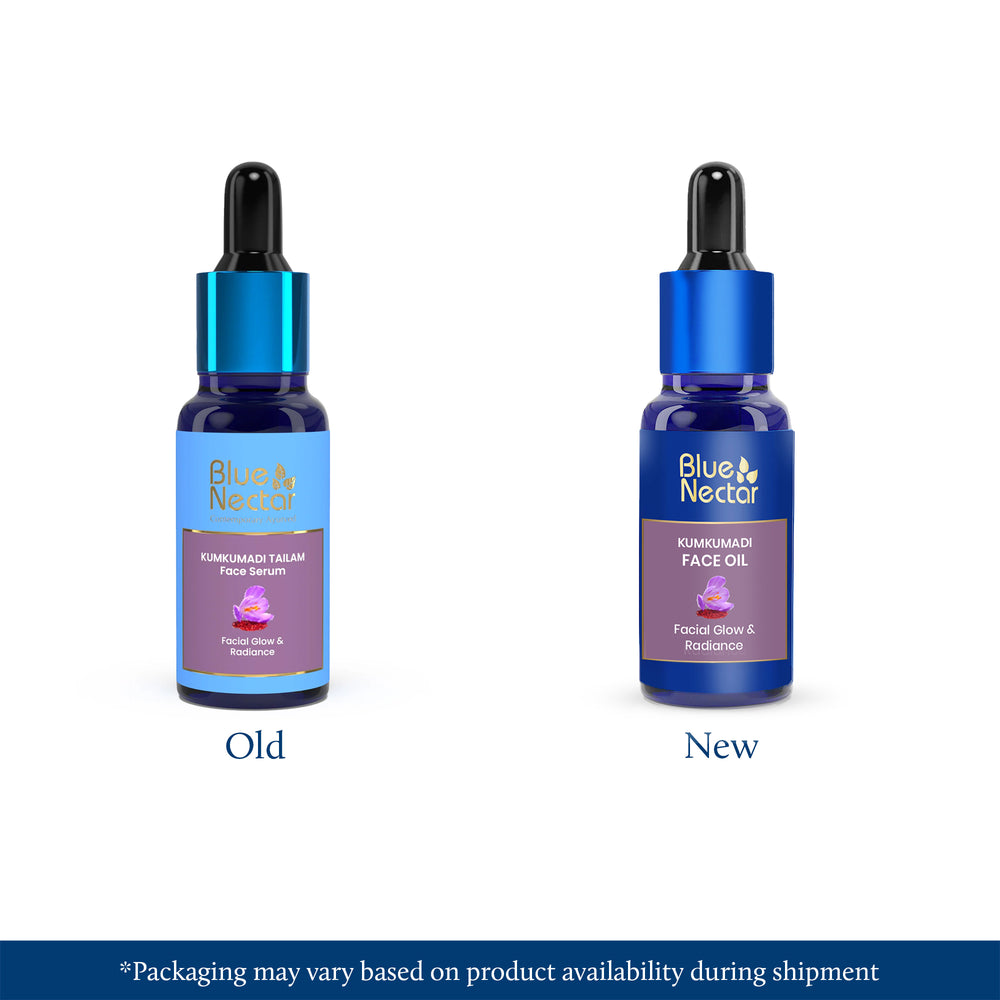

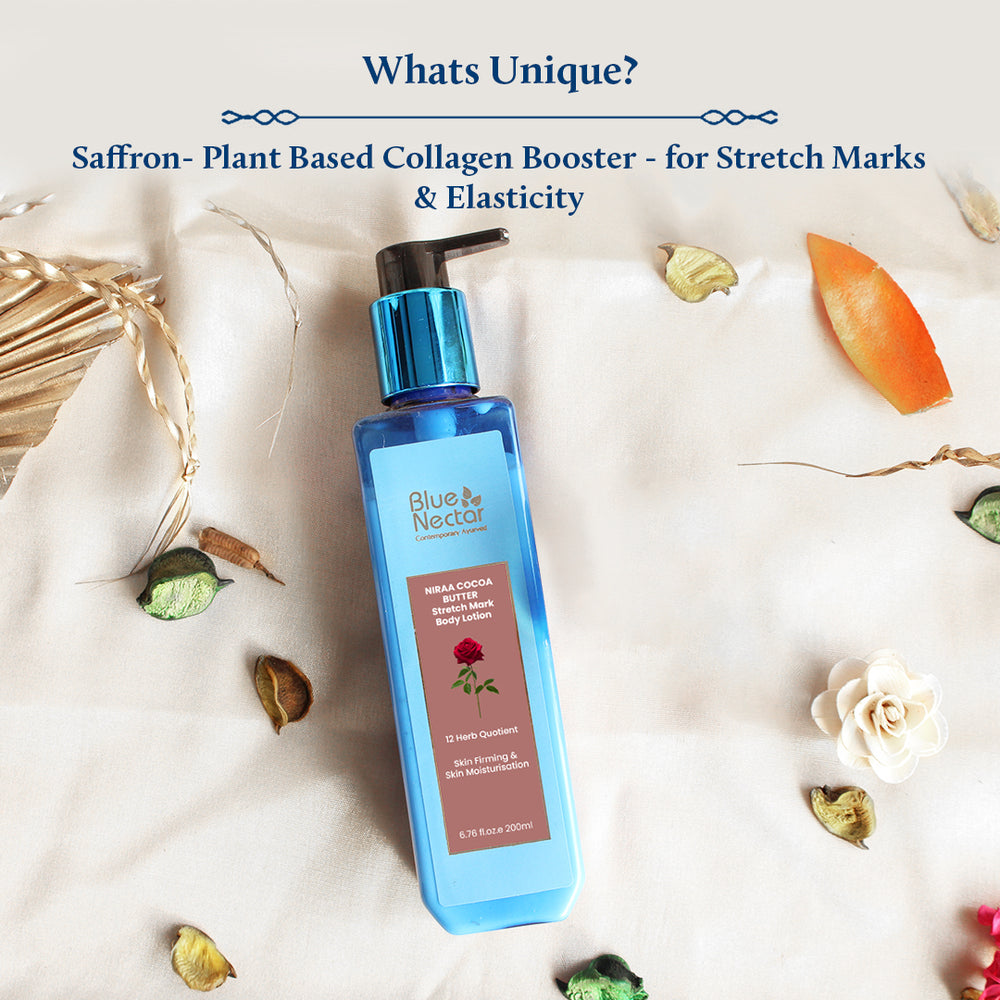


Leave a comment